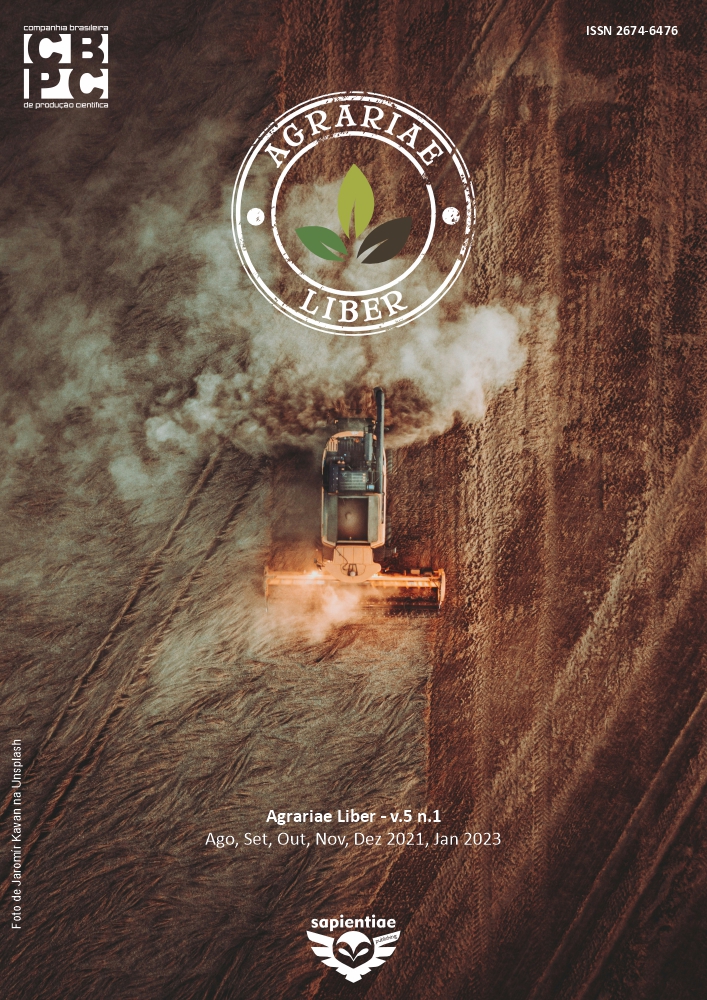Residue removal of logging gaps maintains the natural regeneration and soil quality
DOI:
https://doi.org/10.6008/CBPC2237-9290.2023.001.0002%20Keywords:
Reduced impact logging, Native forest, Forest management, Density of individuals, Species densityAbstract
Harvesting in native forests generates residues, which can bring extra incomes by the charcoal production and small wooden objects manufacturing. In this study, the effects of residue removal over the natural regeneration and physical and chemical soil attributes in canopy gaps created by reduced impact logging were assessed. An experiment including 123 logging gaps (369 plots) randomly chosen in different logging areas, with and without residue removal was set. The treatments were: 6-year-old logging gaps without residue removal (GAP6); 4-year-old logging gaps with two years of residue removal (GAP4-R2); 2-year-old logging gaps without residue removal (GAP2); and 2-year-old logging gaps with residue removed < one month (GAP2-R0). The control treatment included 32 repetitions (96 plots), randomly chosen under the canopy of an unlogged primary forest (FOR). Density of individuals and tree species and environment inside logging gap were compared in relation to the residue removal. Soil samples were done in 0-20 cm and 20-40 cm within the same sampling units of vegetation. FOR presented highest density of saplings, individuals ≥ 3 m in height (0.12 ± 0.03 ind. m-2) and species (0.09 ± 0.03 spp. m-2). Density of seedlings, individuals < 3 m in height in GAP6 (2.11±1.16 ind. m-2) and GAP4-R2 (2.28 ± 1.29 ind. m-2) and species in GAP2 (1.57 ± 0.59 spp. m-2) were higher than FOR. The residue removal from logging gaps increased seedlings’ density and decreased the saplings’ density of tree species. Logging gaps with and without residue removal showed better soil quality than FOR.
Downloads
Downloads
Published
Issue
Section
License
Copyright (c) 2023 Natural Resources

This work is licensed under a Creative Commons Attribution-NonCommercial-NoDerivatives 4.0 International License.
The CBPC - Companhia Brasileira de Produção Científica (Brazil CNPJ: 11.221.422/0001-03) the material rights of the published works. The rights relate to the publication of the work anywhere in the world, including rights to renewals, expansions and dissemination of the contribution, as well as other subsidiary rights. All electronically published works may subsequently be published in printed collections under the coordination of this company and / or its partners. The authors preserve the copyright, but are not allowed to publish the contribution in another medium, printed or digital, in Portuguese or in translation.








